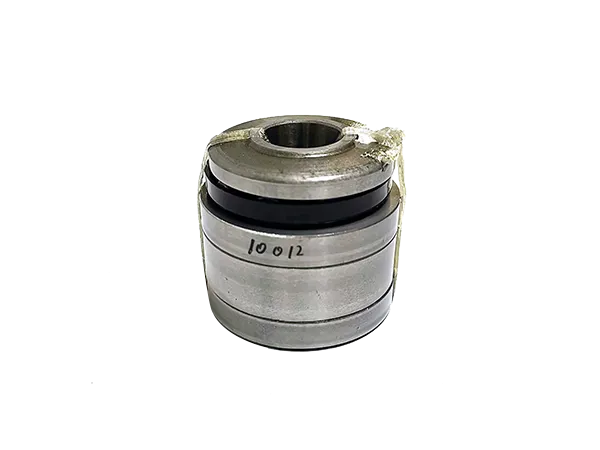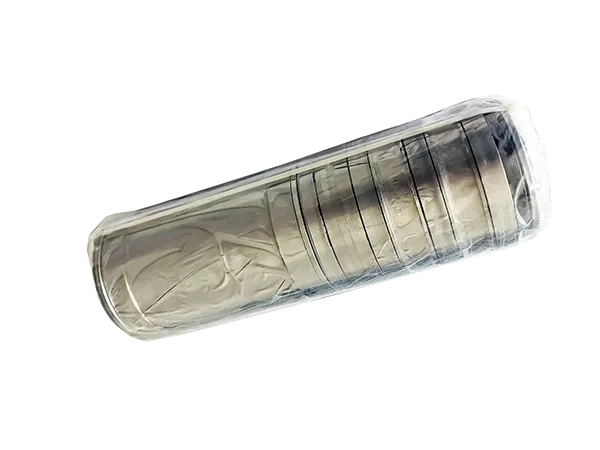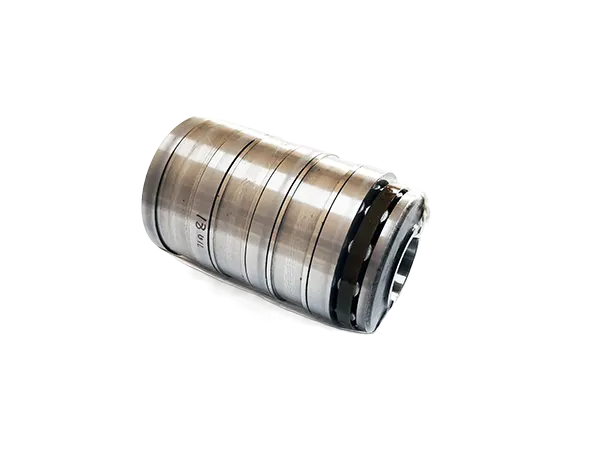Understanding Double Row Tandem Bearings: Advantages, Applications, Installation, and Features
Double row tandem bearings are essential components in various industrial applications, providing robust support and reliability. These bearings are designed to accommodate axial and radial loads, making them a versatile choice for a wide range of mechanical systems. In this article, we delve into the advantages, applications, installation processes, and distinctive features of double row tandem bearings.
Advantages of Double Row Tandem Bearings
One of the primary advantages of double row tandem bearings is their ability to support higher loads compared to single row bearings. The dual rows distribute the load more evenly, reducing the stress on any single point. This characteristic enhances the overall longevity and durability of the bearing, ultimately leading to lower maintenance costs and reduced downtime.
Additionally, double row tandem bearings offer superior stability under varying load conditions. Their design allows for greater resistance to misalignment and eccentric loads, which is particularly beneficial in environments where machinery experiences vibration and shock loads. The increased contact area results in lower friction and improved heat dissipation, thereby enhancing efficiency and performance.
Applications of Double Row Tandem Bearings
Double row tandem bearings find extensive application in an array of industries due to their adaptability and reliability. They are commonly used in heavy machinery such as construction equipment, mining machinery, and agricultural vehicles, where the dynamic loading conditions demand robust solutions. These bearings are also prevalent in the manufacturing sector, particularly in equipment such as gear drives, conveyor systems, and rolling mills.
Furthermore, the aerospace and automotive industries utilize double row tandem bearings in critical components like turbines and wheel hubs, where performance and safety are paramount. Their versatility ensures they meet the stringent demands of these high-performance applications.
Installation of Double Row Tandem Bearings
The installation of double row tandem bearings requires precision to ensure optimal performance. It begins with a thorough examination of the housing and shaft where the bearing will be mounted. Cleanliness is paramount, and both surfaces must be free of contaminants to avoid premature failure.
Using appropriate tools, the bearings should be handled with care to prevent any damage during installation. It is crucial to use the correct mounting technique; improper installation can lead to misalignment, increasing wear and ultimately leading to failure. Hydraulic presses or bearing installation tools should be used when fitting the bearings onto the shaft to achieve the necessary interference fit. Moreover, lubricants should be applied as per the manufacturer’s recommendations, as proper lubrication is key to reducing friction and heat generation during operation.
Features of Double Row Tandem Bearings
The design of double row tandem bearings includes several features that contribute to their effectiveness. These bearings typically have a robust construction with a cage or retainer that holds the rolling elements in place, allowing for a smooth operation. The outer ring is often designed with a larger groove, accommodating more rolling elements, which enhances load capacity and stability.
Moreover, many modern double row tandem bearings come equipped with seals or shields to protect against contaminants, improving reliability in harsh environments. They are also available in various materials, including stainless steel and polymer composites, allowing for customization based on specific application requirements.
In conclusion, double row tandem bearings are integral to many industrial applications due to their load-bearing capacity, stability, and durability. Understanding their advantages, applications, installation processes, and unique features allows engineers and maintenance professionals to make informed decisions, ensuring the longevity and efficiency of machinery in their respective industries. The careful selection and installation of these bearings can significantly enhance performance, reduce maintenance costs, and contribute to overall operational success.




